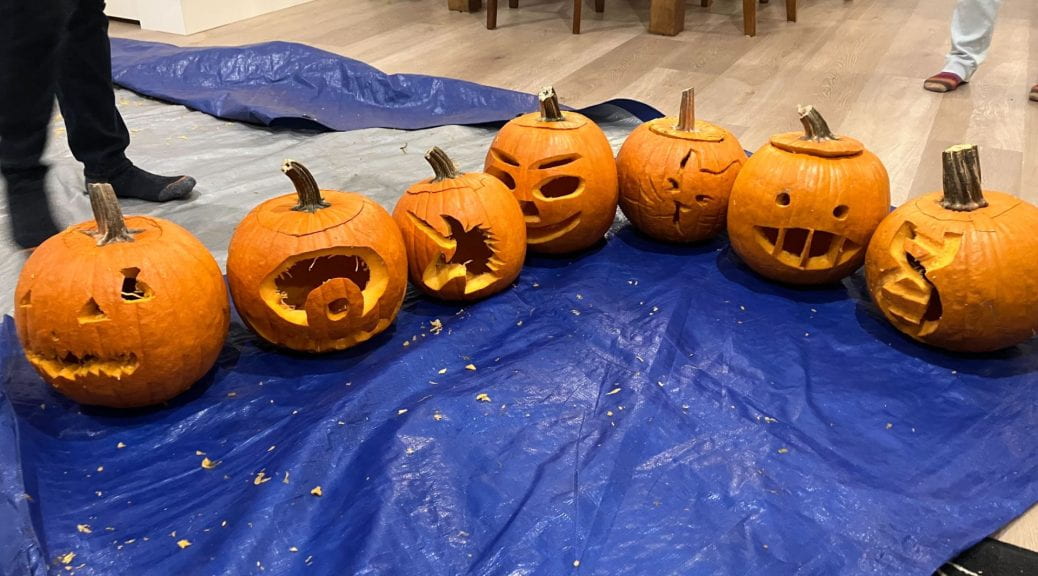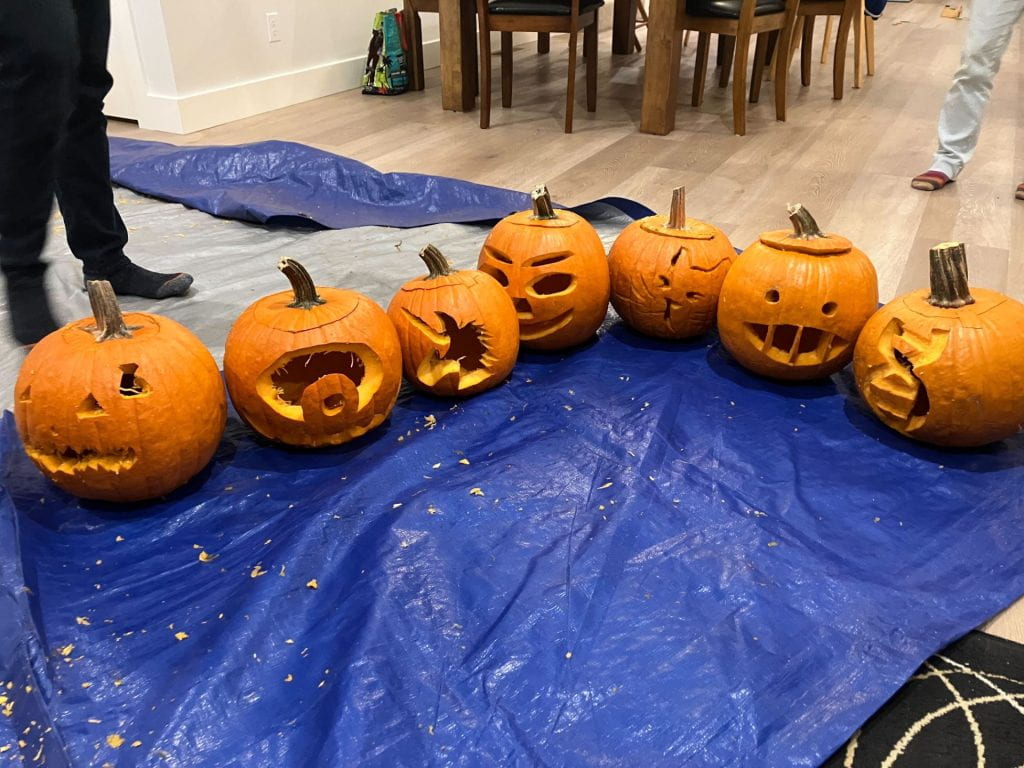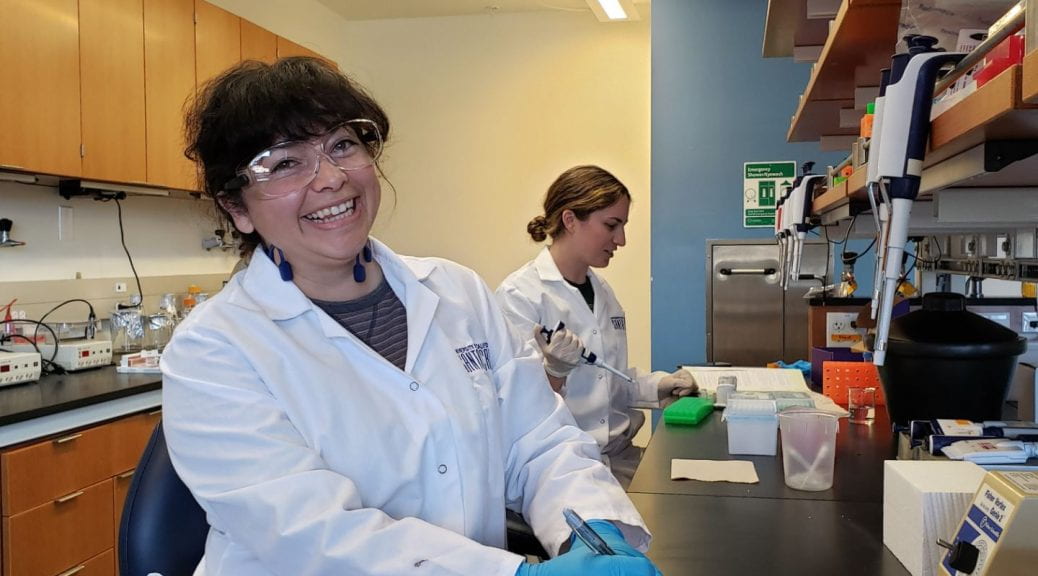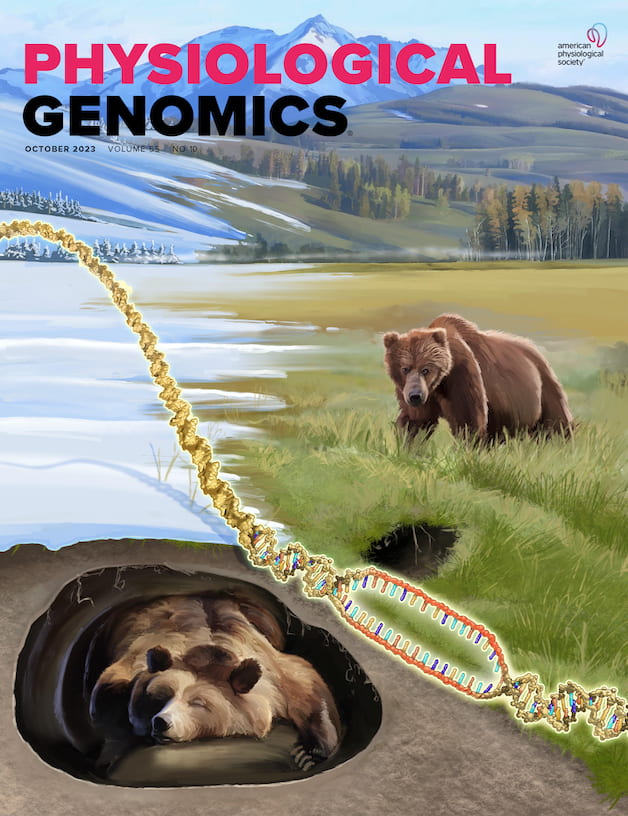The lab recently published a one-of-a-kind dataset of gene expression from multiple tissues of two hibernating brown bears at BMC Genomic Data.
Congrats to all coauthors!
Abstract
Objectives. Complex physiological adaptations often involve the coordination of molecular responses across multiple tissues. Establishing transcriptomic resources for non-traditional model organisms with phenotypes of interest can provide a foundation for understanding the genomic basis of these phenotypes, and the degree to which these resemble, or contrast, those of traditional model organisms. Here, we present a one-of-a-kind gene expression dataset generated from multiple tissues of two hibernating brown bears (Ursus arctos).
Data description. This dataset is comprised of 26 samples collected from 13 tissues of two hibernating brown bears. These samples were collected opportunistically and are typically not possible to attain, resulting in a highly unique and valuable gene expression dataset. In combination with previously published datasets, this new transcriptomic resource will facilitate detailed investigation of hibernation physiology in bears, and the potential to translate aspects of this biology to treat human disease.
Link to the article at BMC Genomic Data.





















